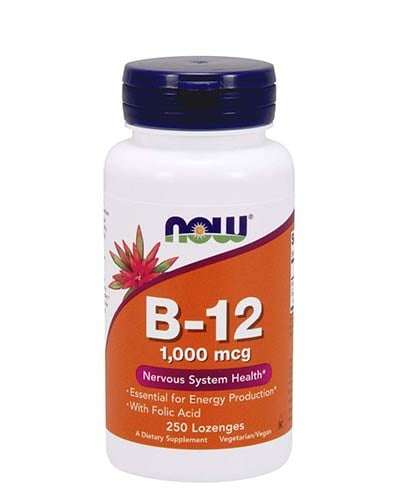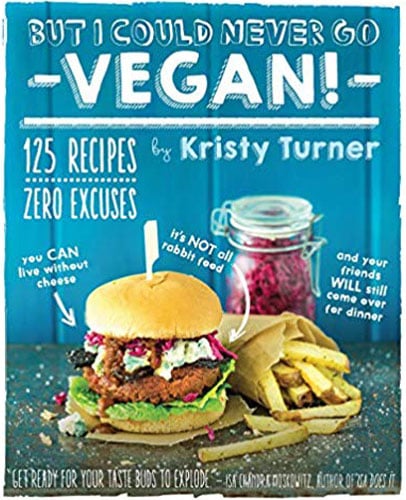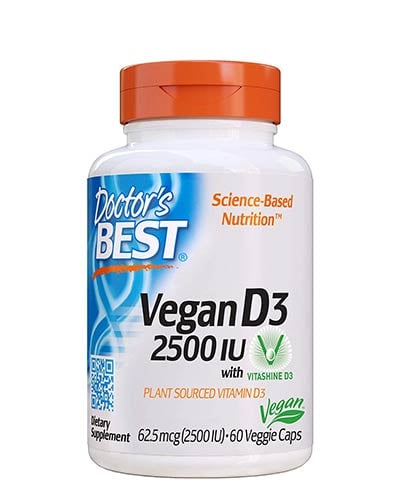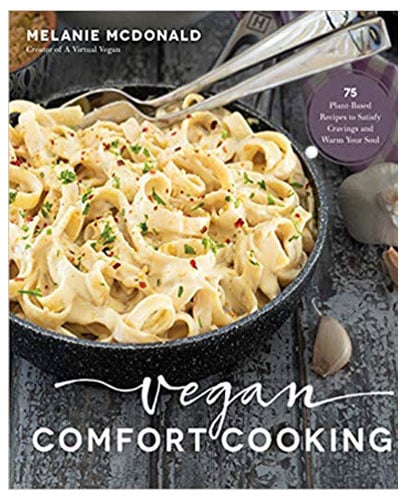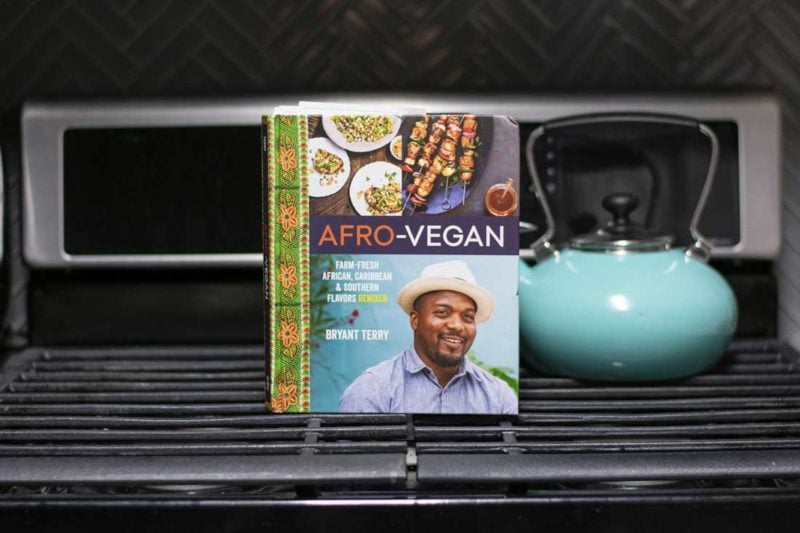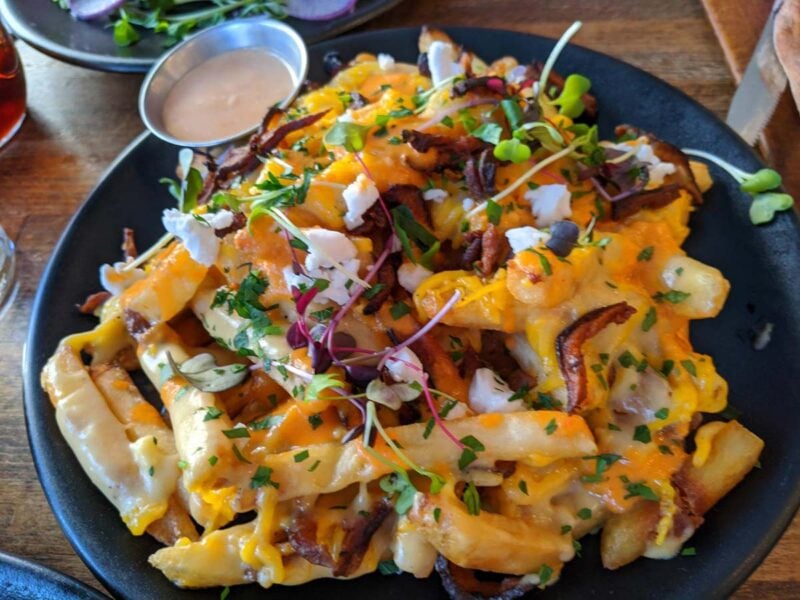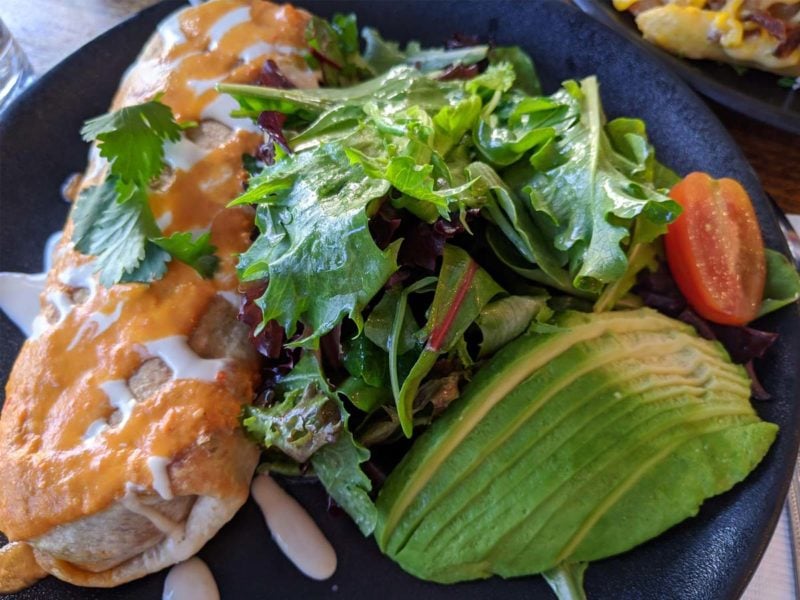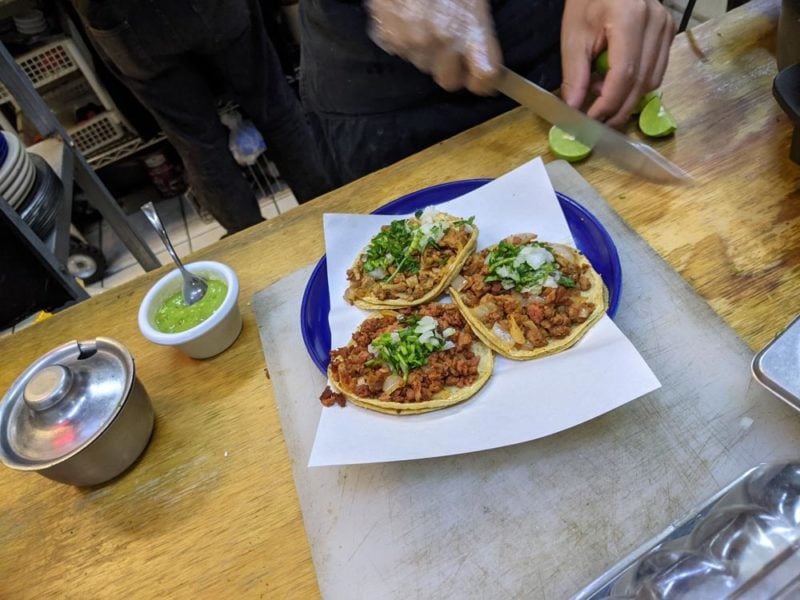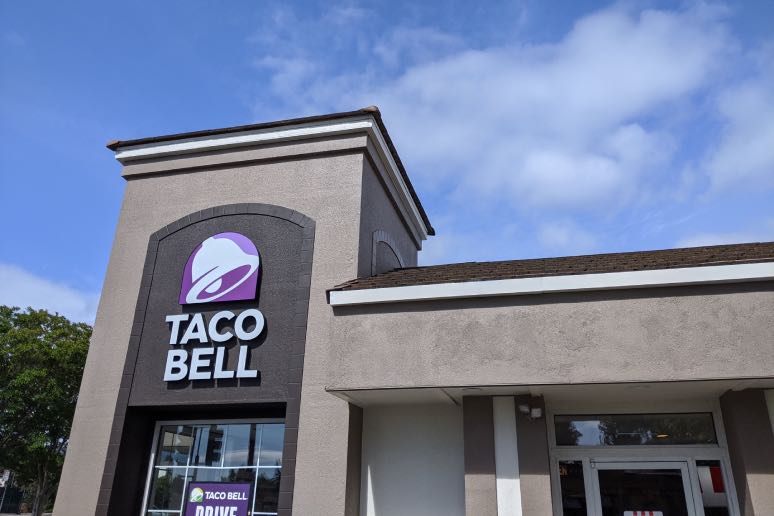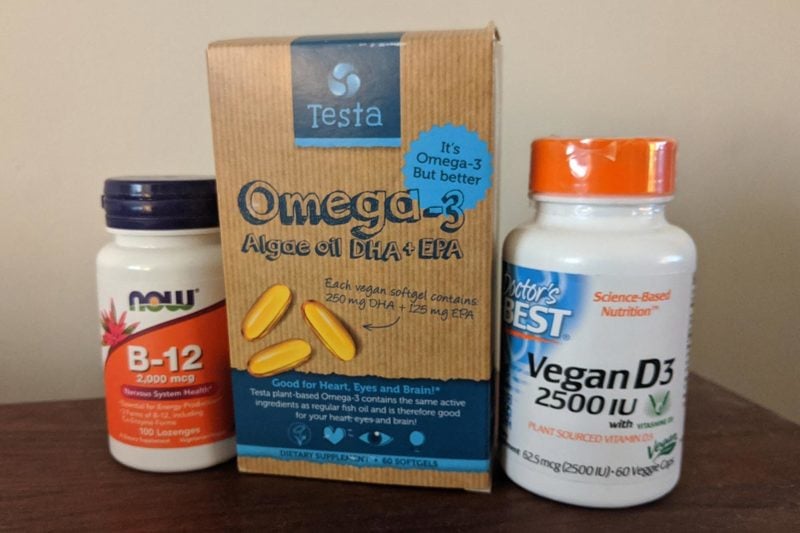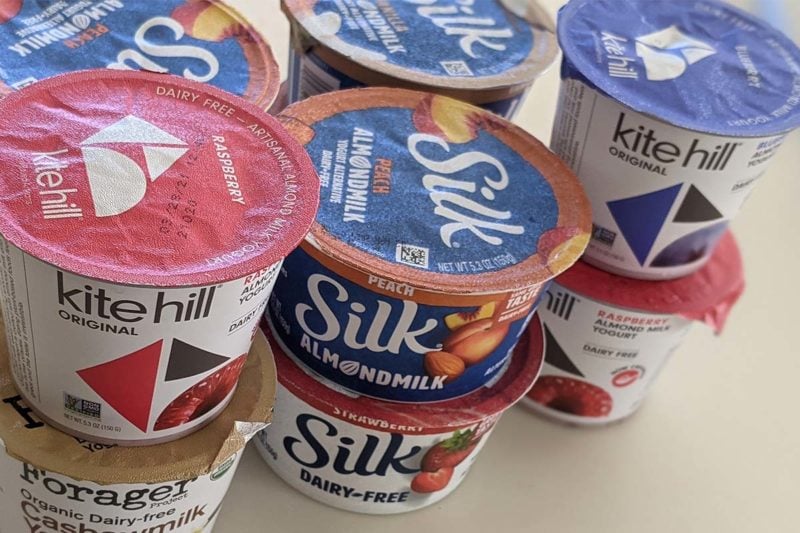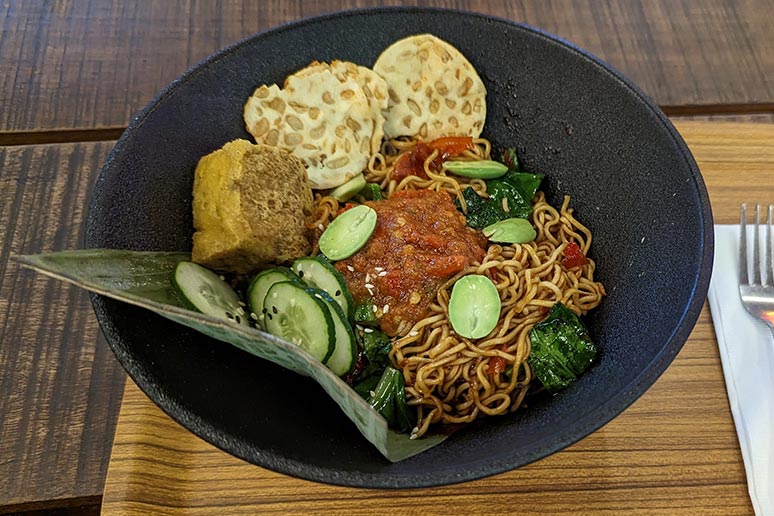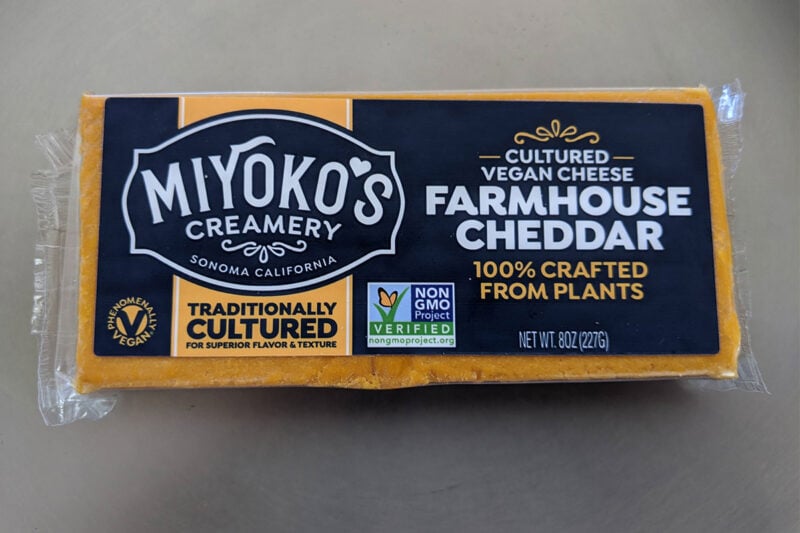Chapter 13
Farmers’ Markets
Farmers’ markets have it all. They are outdoors in the fresh air. They offer tons of sustainably grown, organic, local produce. And nearly everything they sell has been picked that same morning. So if there’s a farmers’ market near you, and you’re not regularly shopping there, you are missing out on all sorts of great foods.
It’s easy to find farmers’ markets in your area: Localharvest.org lists most of the farmers’ markets in the United States. In California and in southern states, many farmers’ markets operate year-round. In colder regions, these markets may only be open three to six months per year. Most farmers’ markets are open for just a few hours one or two days a week.
To get the most out of farmers’ markets, you need to adjust your style of shopping. In a regular grocery store, you walk in and see some beautiful ripe peaches at a decent price, so you load up your basket and everything is right in the world. But do the same thing at a farmers’ market and the situation will play out differently. Suppose you see some gorgeous peaches for a reasonable price, so you go ahead and make your purchase. What will happen next is you’ll get halfway through the market and see another farmer selling even more beautiful peaches, plus they’re organic, and for fifty cents a pound less. Well, you’ve already bought peaches from the first vendor, so you’re all peached out.
The lesson here is that you should never, ever, make a single purchase at a farmers’ market before completing a quick walkthrough to see what each vendor carries. The heartbreak of buying something and then encountering the very same item nicer and cheaper just a few stalls down will haunt you until your dying day.
One of my favorite things about farmers’ markets is that each table is typically staffed by somebody from the farm, who works at the crops nearly every day. They’ll be able to tell you exactly how the mustard greens crop is shaping up, or whether they think the raspberry harvest will last into next week’s market. Over time you get to know them and they get to know you—and suddenly you’ve got a genuine connection to your food supply. These people also tend to be some of the nicest folks you’ll ever meet. When I lived in Berkeley I used to love hitting the farmers’ market there; I’d always have a little chat with this older grape farmer who showed up in a beat-up red 1950s Ford pickup truck. The guy looked a bit like Santa but he’d have these stories of how he used to race motorcycles. He’d always come with at least five different varieties of grapes, all hand-picked by him that morning; how could buying grapes at a supermarket compare?
And let’s not forget the prepared vegan food that is often available at these markets. Some of the best food I’ve ever eaten has come from farmers’ markets stalls: a fantastic macrobiotic platter in central New York, incredible Middle Eastern food at the Hollywood farmers’ market, and tandoori-baked flatbread in Santa Cruz. Not every farmers’ market offers food like this, but it’s surprising how many vegan-friendly food businesses manage to get stalls at their local markets. I often convince myself that I’m going to the farmers’ market to buy my kale and potatoes for the week, but I suspect the real reason I’m going is because I’m Jonesing for some of those fresh-from-the-deep-fryer corn fritters I can’t get anyplace else.
I hope this brief chapter conveys the mellow vibe that descends on every farmers’ market. Yeah, you’re typically in a bit of a crowd, but it’s a relaxed and happy crowd, buying fantastic stuff that’s overwhelmingly vegan. How could you not be happy too?
There is also a close cousin of a farmers’ market known as a CSA, which stands for Community Supported Agriculture. Here, you buy a share of a given farm’s output for a season, and once a week you go to a drop-off point to pick up your box of goodies. Alternately, some CSAs deliver right to your doorstep.
CSAs are wonderful because they guarantee your farmer a steady income for the season, and these arrangements can go a long way toward making a farm that’s local to you economically viable. The same website I mentioned at the start of this chapter, localharvest.org, also maintains a listing of CSAs.
It’s a lot easier to eat plenty of fruits and veggies when you’re buying the freshest, cheapest, and most local stuff available. And if you’re ever strolling through your local farmers’ market and have a UVO sighting—an Unidentified Vegetable Object—I urge you to find out what it’s called, buy it, and check your cookbooks or the Internet for a way to prepare it.
So take your time while visiting your farmers’ market. Stroll around. Enjoy the fresh air. Linger a little longer than necessary at each table, and make a point of buying those cute little peppers or those thick fragrant leeks. Life is more than taking time to smell the roses, it’s also about knocking on the watermelon to test its ripeness, and sniffing the cilantro. Short of doing your own gardening, nothing gets you closer to the moment of harvest than a visit to your local farmers’ market.
Next Chapter: Online Groceries
Return to: Table of Contents
Get the updated second edition of this book on Kindle, or in paperback for $8.95.
This page and The Ultimate Vegan Guide is Copyright 2010 by Erik Marcus, all rights reserved. My writing is my sole means of support, so please don’t abuse the generosity I’ve shown in making the full text of this book freely available from Vegan.com. Posting the text of this book to other websites, and copying or distributing it through other means, is strictly prohibited.

